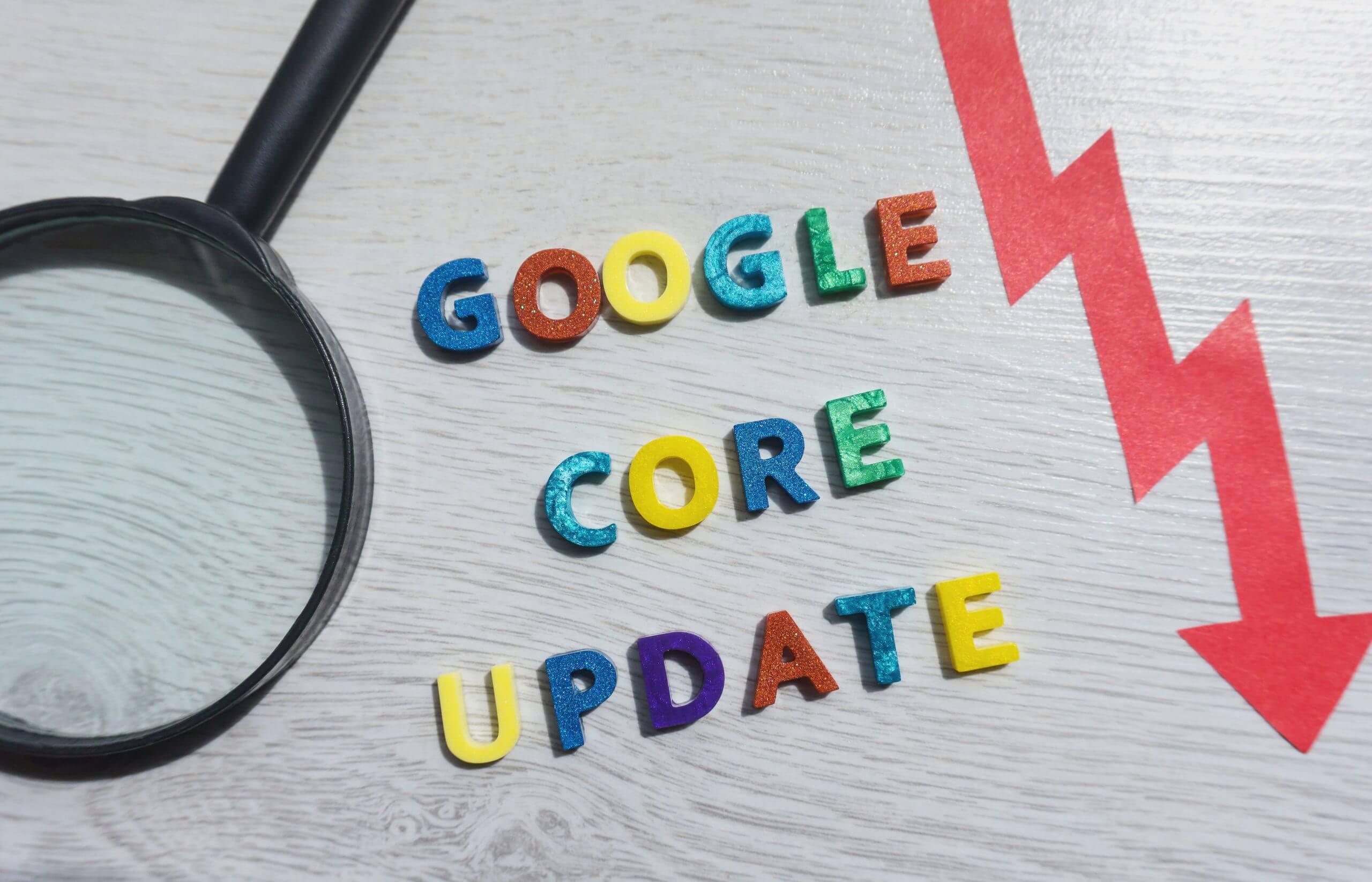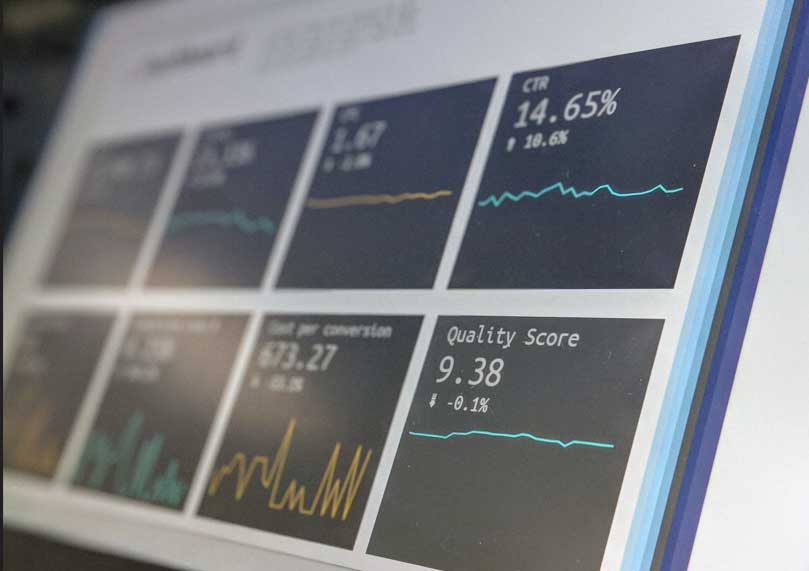Say No to Panda Penalty: What You Need To Know About the Google Panda Update
Websites covet nothing more than being among the first few links on the Google search engine results page (SERP). The higher you rank, the better your visibility and the greater the traffic to your site. But Google is nothing if not cautious. At its core is the priority of giving its users the best experience. This means that Google uses algorithms that give more value to certain content than the others. The websites Google evaluates as having the most relevant and fruitful information naturally rank towards the top of the SERP. One such core algorithm that decides which link tops the page and which one barely makes it to the SERP is Google Panda Update. If you want your brand’s web presence to attract online attention, it is one of the algorithms you need to look out for. Here is a brief guide on what Google Panda is all about.
What’s up with Google Panda?
Initially named ‘Farmer,’ Google Panda is the search engine’s ranking algorithm released in February 2011. It first functioned as a filter but was later incorporated into Google’s core algorithm system. Working on the back-end, Google Panda has a clear goal. If your website presents content with real value and the users spend time reading it, it rewards you with a higher rank on the SERP.
However, if your web content does not meet Panda’s standards, you are penalized with a low rank on the page—the notorious Panda penalty. Your web traffic will suffer a hit from which recovery would be difficult if you do not satisfy the standards set by the algorithm. Following Panda, Google also released a Penguin update with similar functions.
How does Google Panda work?
The fact that the algorithm is carrying out a screening means that there are triggers that activate Google Panda Update’s reward and penalty system. It very efficiently looks out for common black hat SEO techniques and other strategies that websites often use to achieve a higher SERP ranking and a higher revenue without generating any content of value. If you are looking to safeguard your content from the Panda penalty, here are three mistakes that you need to avoid:
- The backlink blunder: Backlinks are references to your website made by other web pages that indicate your content’s relevance and popularity, and affect your SERP ranking. But, if the website buys the backlinks to give a false impression of value, your content is in trouble. Both Google Panda and Penguin penalize such content.
- The thin content conundrum: Any content that uses plagiarized materials, poor ad-to-content ratio, or keyword spamming is considered thin content with no real value to users. Google Panda does not tolerate such manipulation.
- The site design debacle:If your website design makes information hard to find, why will users spend time on it? A user-friendly website design wins over the core algorithms of Google Panda and Penguin.
Google Panda SEO saves the day:
While it may seem that you are walking on eggshells while generating your content, SEO services offered by leading digital marketing agencies like Fenzo Digital can ensure that you stay in Google Panda’s good books. Specialized Google Panda SEO services assist you in creating just the content everyone’s looking for. No redundant information equals no Panda strikes!







